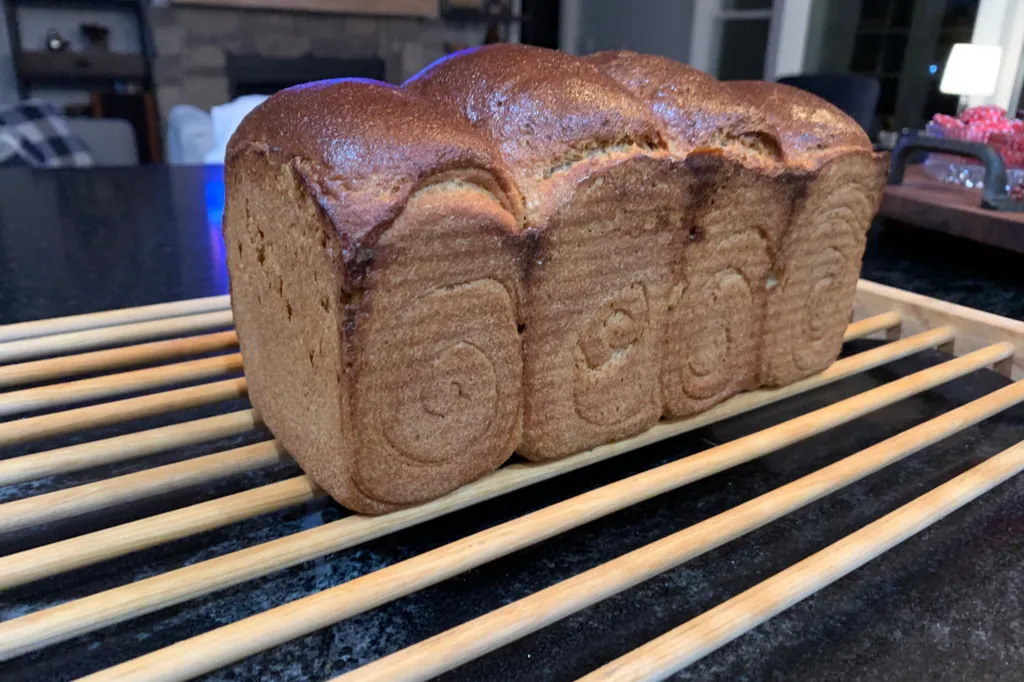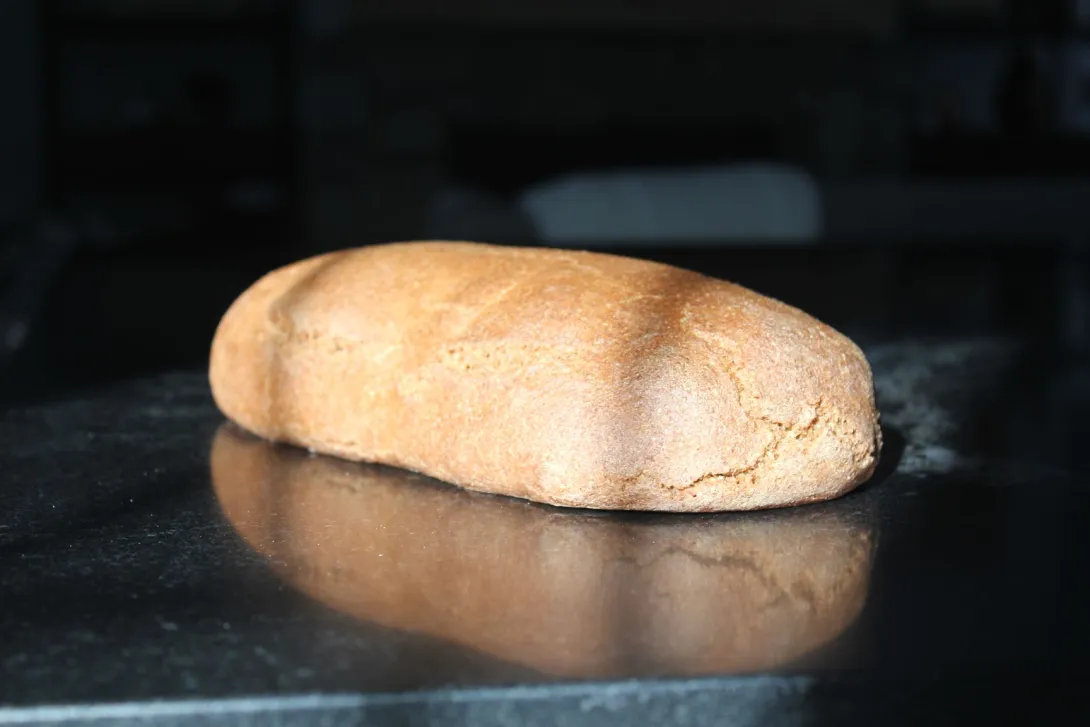Super Bowl Preparations
Go Chiefs!
Ahem. Well. Yes, that needed to be said.
Tomorrow's Super Bowl festivities will feature pulled pork sandwiches because Kansas City. A superlative sandwich requires a superlative bun. For superlative buns, it's hard to improve on Portuguese Sweet Bread (this one compliments of Mark Sinclair.) Although Ian, bless him, continues to experiment.
These are all suited up and ready to play:





 This bread arose from a “What if…?” musing. Specifically, what if I used oat flour in place of barley flour for the
This bread arose from a “What if…?” musing. Specifically, what if I used oat flour in place of barley flour for the 


